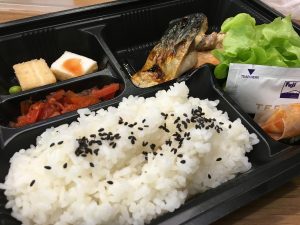When I was working for a German bank, we had an audit. My supervisor located in Germany covered my role and was really astonished with Japanese auditors’ questions. I told him ”Sorry, Meet Sensei-his name-, I have to say that Japanese are really detail-oriented!!”, He laughed and said, “Yes, Yuko san, they are exactly detail oriented!! They are asking me every single detail and most of them had no linkage with the principle issues. ”
“Yes, Peit sensei, this is true. Unfortunately, that is Japanese feature, they feel comfortable when they are looking at details and missing the core parts.”
Another example of Japanese infamous mindset is “similarity”. I have found this quite often in real estate industry, especially in the master plan. When they come to develop the master plan, they create a sort of package. They are always feeling comfortable when they follow the pattern, namely copying the other master plans. Consequently, they would end up creating similar master plans all over Japan. This looks like Bento, you know, Japanese style lunch box. Ingredients are always similar, white rice, vegetables, pickles, small portion of flied fish, and sliced meat. In the centre of rice portion, you can ALWAYS find a plum pickle, Umeboshi…

Taking this mindset into urban planning, authorities feel comfortable when they are assembling all standard use: supermarket, park, residential, office, and public facilities. Although our life styles and working environments have been dynamically changing, they had no idea to look at the trend and reality.
If they find different stuffs or layouts, they would feel extremely uncomfortable. This has obviously caused a bad management and poor development outcome. In Okinawa, I have been really sad when I look at those poor development results. I do hope one day, new concepts, innovative views, and demand-oriented use would be implemented in city urban planning.
- Tags
- Audit, Bento, Japaneseminset, Makunouchi, MasterPlan, Similarity






